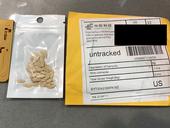
Have you had unexpected seeds show up in the mail? Unknown seeds could be invasive plants, contain invasive insects, or have plant disease causing agents. Here's what the United States Department of Agriculture Animal Plant and Health Inspection Service (USDA APHIS) has to say about it.
USDA Investigates Packages of Unsolicited Seeds
USDA is aware that people across the country have received suspicious, unsolicited packages of seed that appear...
- Author: Elaine Lander
- Editor: Karey Windbiel-Rojas
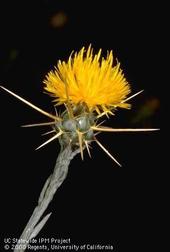
(Credit: Jack Kelly Clark)
While many of you are preparing for the 4th of July holiday, we at UC IPM are also thinking about stars and stripes but in a slightly different way: yellow starthistle and striped skunks.
We usually have pests on the brain, so we wanted to remind you of the resources we have to help you with pest management. Whether you have a pest in your home, or outdoors on lawns,
- Author: Elaine Lander
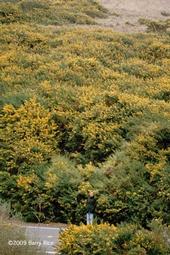
Brooms are shrubs which were originally planted in California as ornamentals and for erosion control, but are now considered to be invasive weeds since they are highly competitive. They crowd out native plants and form impenetrable barriers to wildlife. There are four common species of broom in California: Scotch broom, French broom, Spanish broom and Portuguese broom.
In the newly revised Pest Notes: Brooms, UCCE advisor Scott Oneto and UC Davis weed scientists Joe DiTomaso and Guy Kyser explain the issues with planting these invasive species. The publication includes expanded sections on biology and management and updated herbicide...
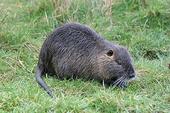
(Credit: J Gross)
Nutria are found near rivers, streams, lakes, ponds and wetlands. Their burrowing and feeding on vegetation can cause damage. In addition, they can carry pathogens and parasites.
Learn how to identify nutria and distinguish them from other native look-alikes in this fact sheet from the California Department of Fish & Wildlife (CDFW). If you think you've found nutria in California, be sure to report it to CDFW. You can find more about nutria from their website.
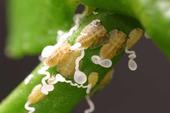
(Credit: ME Rogers)
Invasive species are non-native plants, animals, or pathogens that can cause economic or environmental harm. This year, we will be spotlighting several different invasive species that are established in California to raise awareness and help reduce their spread. Stay tuned—we will be showcasing a different invasive species each day and where you can find more information.
Want to learn more about California Invasive Species Action Week? Check out the full schedule of...


